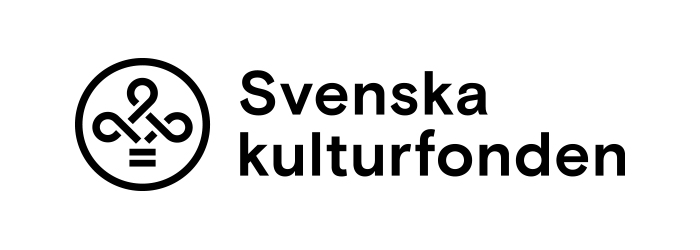Passive
S-passive is often used when one has an "interesting subject". In other words, it is more interesting to know that" Medicinen ska hämtas " (The medicine will be picked up) than who is going to pick it up.
If you "activate" the sentence above it will become " Man/de ska hämta mecicinen" (They will pick up the medicine)
"av"
If the active subject is interesting, one can use it after the preposition "av".Example: Patienten uppvaktades av sina vänner på sjukhuset ( The patient was greeted by her friends at the hospital)
Some other examples:
Utställningen öppnas nästa måndag. (The exhibition will open next Monday.)
Sjukhuset renoverades i Januari. (The hospital was renovated in January.)
Hur uttalas din systers namn? (How is your sister's name pronunced?)
Cigaretten tändes av patienten. (The cigarette was lit by the patient.)
Receptet var skriven av läkaren. (The prescription was written by the physician.)
S-passive is made by adding an -s after the active conjugated verb. (some exceptions apply)
| infinitiv | presens | preteritum | supinum |
|---|---|---|---|
| | |||
| -s | (ar) - as | -s | -s |
| -s | (er) - s | -s | -s |
| -s | (r) - s | -s | -s |
Example:
| infinitiv | presens | preteritum | supinum |
|---|---|---|---|
| ses | ses | sågs | setts |
| beställas | beställs | beställdes | beställts |
| öppnas | öppnas | öppnades | öppnats |
| läsas | läses | lästes | lästs |
Passive form - perfect participle
Perfect participle is a verb conjugation but they are often used as adjectives.Adjectives like intresserad (interested), född (born), förälskad (in love), välkommen (welcome) are made from the verbs att intressera (to interest), att föda (to give birth), att förälska sig ( to fall in love) and att komma (to come).
You can also make passive sentences with the help verbs "vara" ( to be) or " bli" ( to become) + perfect participle of the main verb
Example:
Medicinen blir hämtad.
Sjukhuset ska renoveras.
Receptet är skriven av läkaren.





